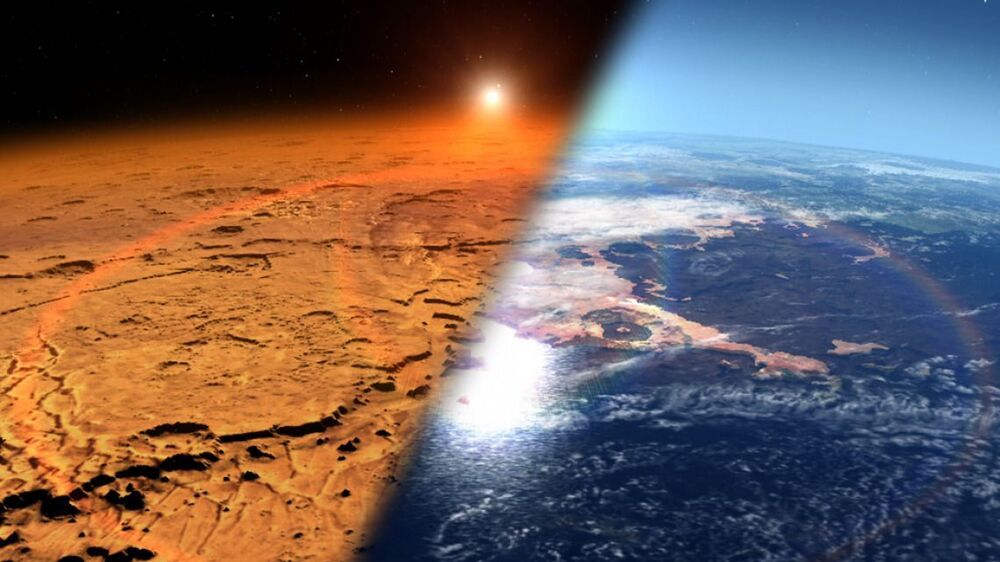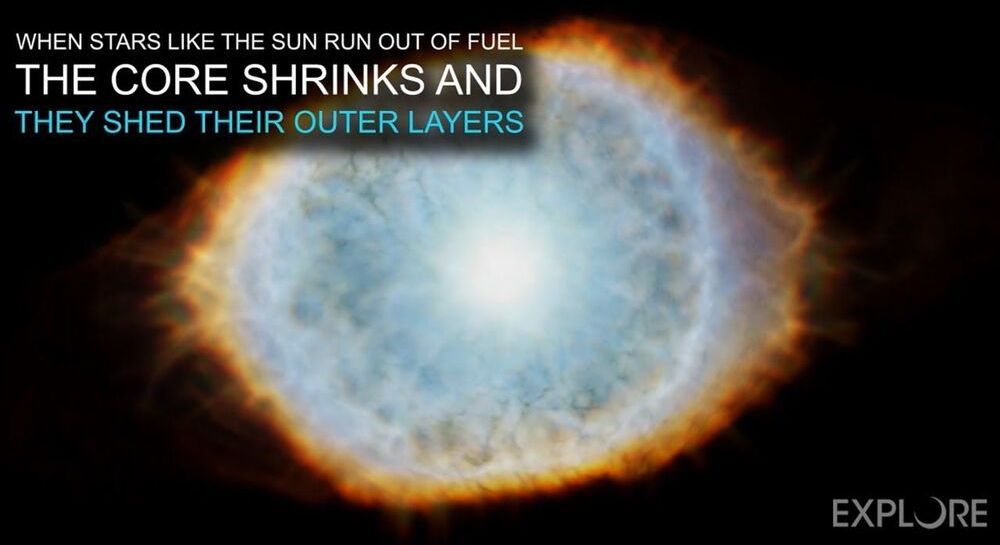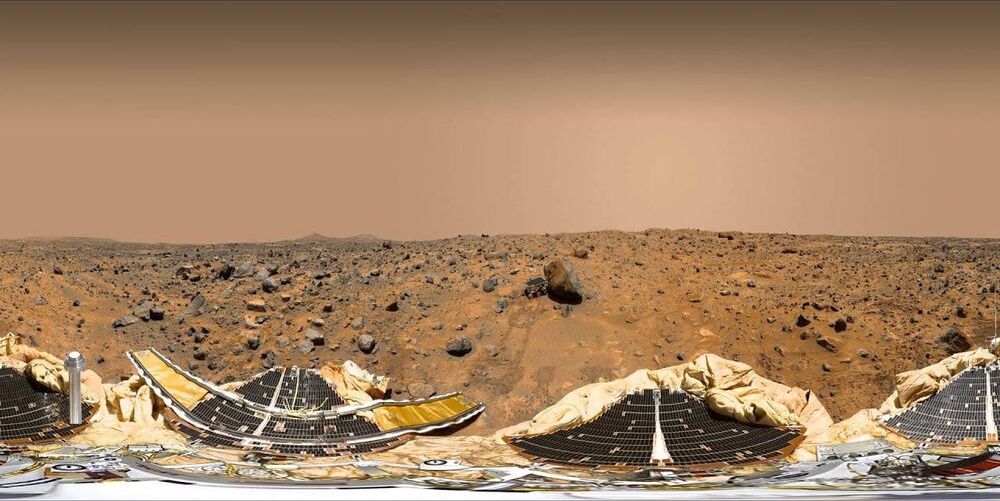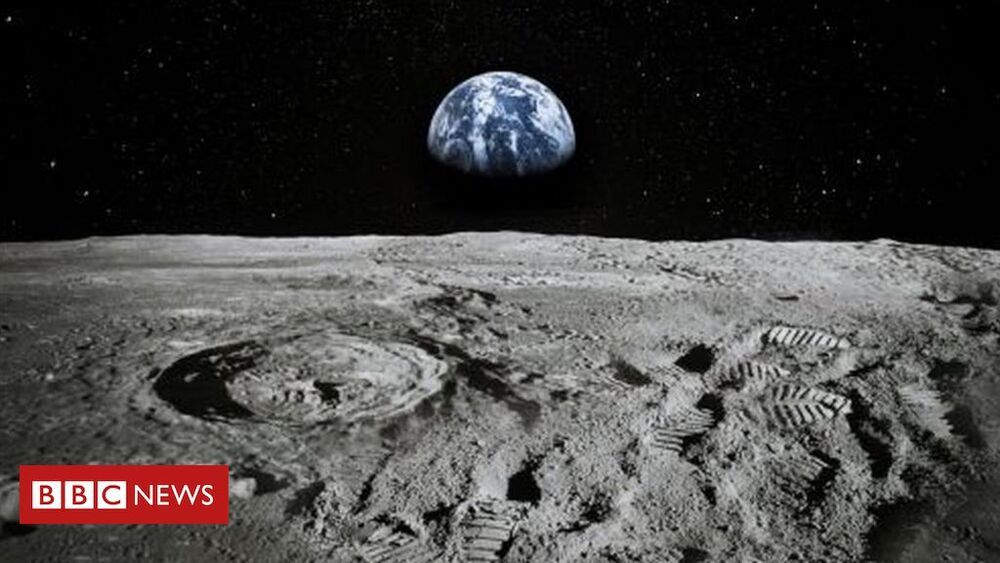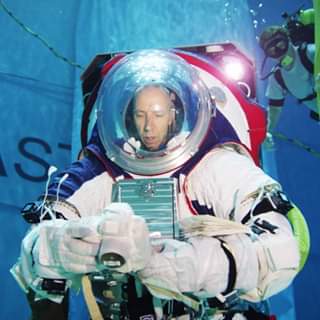Ira Pastor, ideaXme life sciences ambassador and CEO Bioquark interviews Dr. Michelle Francl the Frank B. Mallory Professor of Chemistry, at Bryn Mawr College, and an adjunct scholar of the Vatican Observatory.
Ira Pastor comments:
Today, we have another fascinating guest working at the intersection of cutting edge science and spirituality.
Dr. Michelle Francl is the Frank B. Mallory Professor of Chemistry, at Bryn Mawr College, a distinguished women’s college in the suburbs of Philadephia, as well as an adjunct scholar of the Vatican Observatory.
Dr. Francl has a Ph.D. in chemistry from University of California, Irvine, did her post-doctoral research at Princeton University, and has taught physical chemistry, general chemistry, and mathematical modeling at Bryn Mawr College since 1986. In addition Dr. Francl has research interests in theoretical and computational chemistry, structures of topologically intriguing molecules (molecules with weird shapes), history and sociology of science, and the rhetoric of science.
Dr. Francl is noted for developing new methodologies in computational chemistry, is on a list of the 1,000 most cited chemists, is a member of the editorial board for the Journal of Molecular Graphics and Modelling, is active in the American Chemical Society, and the author of “The Survival Guide for Physical Chemistry”. In 1994, she was awarded the Christian R. and Mary F. Lindback Award by Bryn Mawr College for excellence in teaching.

